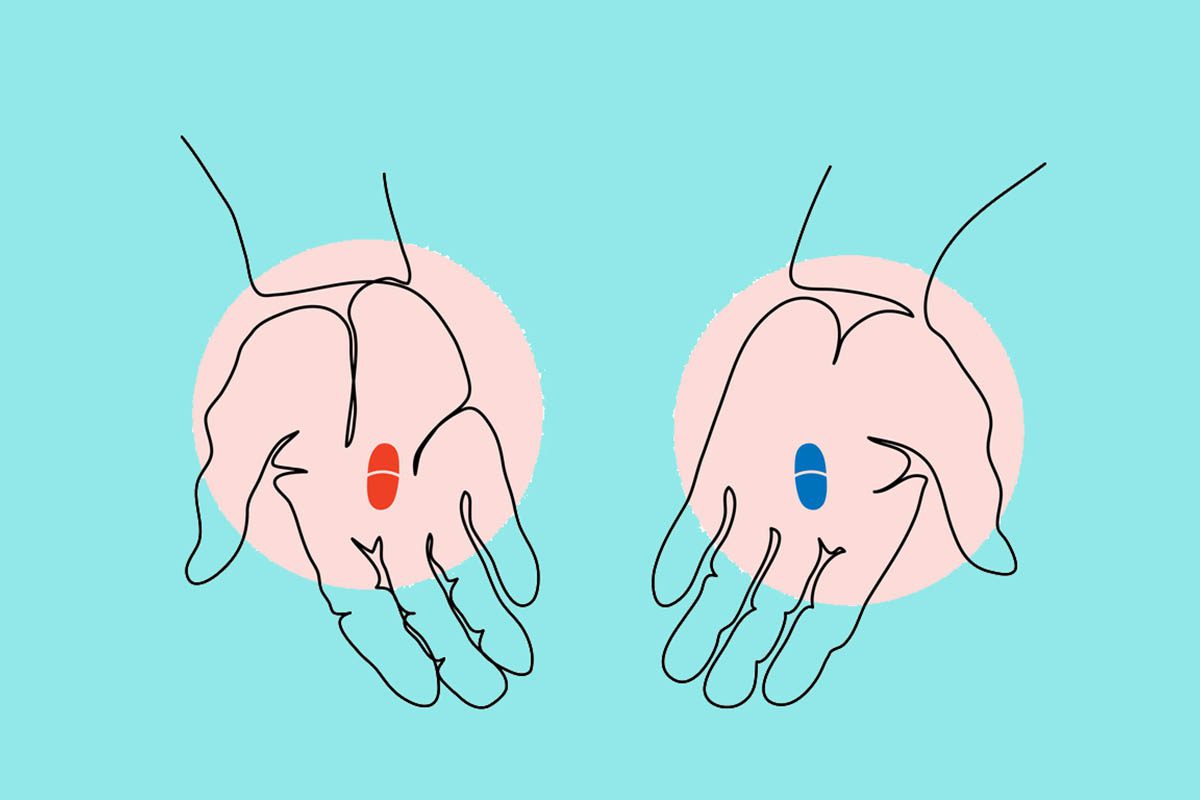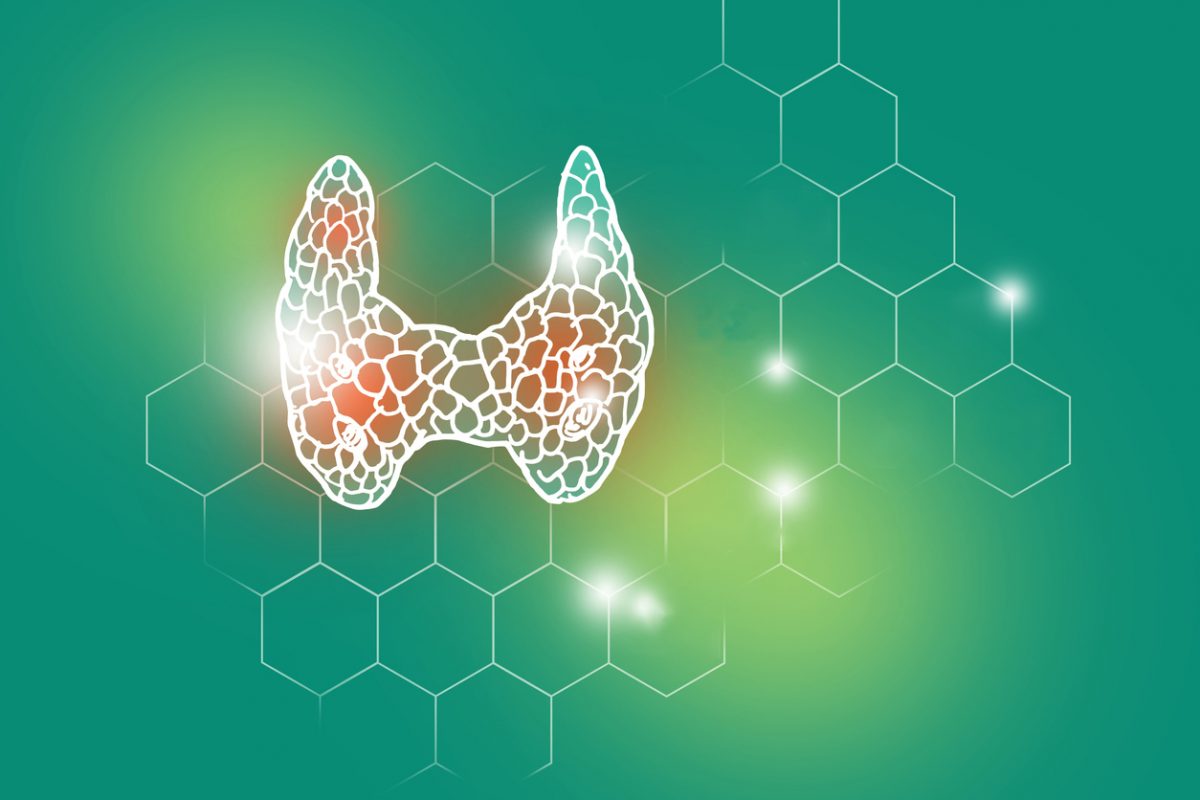Because this piece does not have an abstract, we have provided for your benefit the first 3 sentences of the full text.
For those of us who treat and study patients with mood disorders, perhaps the most dramatic recent change in how we diagnose those patients is the addition in DSM-5 of the mixed features specifier for major depressive episodes. In this brief article, we will describe the historical development of the mixed features specifier, the specific criteria for the diagnosis, and the dilemma clinicians face given the current state of the evidence for the treatment of patients who meet the criteria.
HISTORICAL DEVELOPMENT
The intermixed presentation of depressed and manic symptoms has existed longer than any modern diagnostic schema.
This work may not be copied, distributed, displayed, published, reproduced, transmitted, modified, posted, sold, licensed, or used for commercial purposes. By downloading this file, you are agreeing to the publisher’s Terms & Conditions.


Depression With Mixed Features in Major Depressive Disorder:
A New Diagnosis or There All Along?
For those of us who treat and study patients with mood disorders, perhaps the most dramatic recent change in how we diagnose those patients is the addition in DSM-5 of the mixed features specifier for major depressive episodes. In this brief article, we will describe the historical development of the mixed features specifier, the specific criteria for the diagnosis, and the dilemma clinicians face given the current state of the evidence for the treatment of patients who meet the criteria.
HISTORICAL DEVELOPMENT
The intermixed presentation of depressed and manic symptoms has existed longer than any modern diagnostic schema. Kraepelin1,2 famously described “manic depressive insanity,” within which he included all affective states, leading some, such as Adolf Meyer, to complain that he had created a “startling condensation” of all mood syndromes into one.3 DSM, of course, has been categorizing and deconstructing mood disorders through DSM-IV-TR, leaving the mixed episode as the only formal category with mixed symptoms of mania and depression.4,5 Mixed episode criteria in DSM-IV required that full criteria for manic episode and major depressive episode be met concurrently for at least 1 week.
Like the proverbial unicorn, mixed episodes in actual practice are hard to find—although the term mixed has been used in practice for concurrent symptoms of depression and mania whether they meet criteria or not. DSM-5 partially addresses this gap between practice and criteria. While eliminating the Mood Disorders section and placing bipolar and other disorders in one chapter and depressive disorders in another, DSM-5 in practical terms appears to be shifting from a categorical approach to diagnosis to a more dimensional one. The narrow definition of “mixed episode” is gone, replaced by the mixed features specifier, a specifier that can now be used in both major depressive disorder (MDD) and bipolar disorder and that acknowledges, in terms of symptoms and course, the overlap between bipolar disorder and major depression.
DSM-5 TACKLES A CLINICAL PROBLEM
The clinical understanding of “mixed symptoms” or “mixity” has been in the clinical consciousness with respect to the bipolar patient and less so (or not at all) with respect to the patient with MDD. The clinical problem was that, other than for the most severely ill patients with bipolar I disorder who met full criteria for a mixed episode, the previous diagnostic categories for mood disorders ignored the presence of symptoms of hypomania or mania during depression (and depression during mania). The reality is that mixed episodes in bipolar disorder, as strictly defined in DSM-IV, are much less common in clinical practice than are complex presentations in which subsyndromal symptoms of depression are present during periods of mania or hypomania, or subsyndromal symptoms of mania are present during episodes of depression, even in patients without a lifetime history of bipolar disorder.6 These symptoms were sufficiently severe that intervention was indicated, so a new entity was warranted. The DSM-5 committee took into account all of these concerns in examining whether to revise the concept and criteria for mixed feature presentations.
The mixed features specifier, it was decided, would define clinical entities present during common clinical practice that could have an impact on the course of illness and that merited clear and more precise definition—especially in order to establish clear entities for future outcome studies. Current data suggest that patients with MDD who meet criteria for mixed features may be at elevated risk for the development of bipolar I and II disorders, thus requiring specific monitoring over the course of their illness.7 Importantly, as in patients with bipolar II disorder, the relative impact, both good and bad, of antidepressants needs to be studied in patients with MDD and mixed symptoms, especially since observational data suggest that patients with mixed features may be more likely to have persistent and treatment-resistant depression in clinical practice.8
DSM-5 CRITERIA FOR MIXED FEATURES SPECIFIER IN MAJOR DEPRESSIVE EPISODES IN MDD
The mixed features course specifier for depressive episodes in DSM-5 requires that at least 3 of the following manic/hypomanic symptoms be present nearly every day during the majority of days of a major depressive episode:
- elevated, expansive mood,
- inflated self-esteem or grandiosity,
- more talkative than usual or pressure to keep talking,
- flight of ideas or subjective experience that thoughts are racing,
- increase in energy or goal-directed activity,
- increased or excessive involvement in activities that have a high potential for painful consequences, and
- decreased need for sleep.
Mixed symptoms should be observable by others, represent a change from usual behavior, and not be attributable to the physiological effects of a substance. The specifier further states that individuals whose symptoms meet full criteria for mania or hypomania should be diagnosed with bipolar I or bipolar II disorder.
DILEMMAS IN CLINICAL DECISION-MAKING
The difficulty in defining a new clinical entity is that there is, by definition, no established evidence base for its treatment. Extrapolating from outcomes found in subgroups of patients studied for a different problem is often the only evidence available to the clinician. Thus, clinical decisions may be based on inadequate evidence regarding treatment risks and benefits. In bipolar disorder, for example, there are no currently completed prospective trials of pharmacologic treatment for patients whose depressive or manic episode is characterized by DSM-5-defined mixed features; instead, only studies of full-criteria DSM-IV-TR-defined mixed episodes have high-quality data to guide treatment. Post hoc analyses looking at subgroup data have been conducted, but the results are not reliable enough to be acted upon in a clinical setting, leaving one to go outside the evidence base. This is of course problematic, but not nearly as problematic as making treatment decisions for patients with MDD who are in a major depressive episode with mixed features. For this new entity, there have been, until recently, no trial data at all.
Lurasidone, an atypical antipsychotic that has partial agonist activity at the 5-HT1A receptor and is FDA approved for the treatment of schizophrenia and depressed episodes associated with bipolar I disorder (as monotherapy or adjunctive to lithium or divalproex sodium), has been studied in a population that somewhat approximates MDD patients who have an episode of depression with DSM-5-defined mixed features.9 Prior to the publication of DSM-5, this study9 was begun in subjects with MDD who had at least 2 but no more than 3 of the following manic symptoms for at least 2 weeks: elevated or expansive mood, inflated self-esteem or grandiosity, more talkative than usual or pressure to keep talking, flight of ideas or racing thoughts, increased energy, increased or excessive involvement in activities with a high potential for negative consequences, and decreased need for sleep. Subjects could have irritability, distractibility, and psychomotor agitation as symptoms, but these would not count toward the inclusion criteria, and the manic symptoms could not meet the criteria for a manic or hypomanic episode (lest the subjects then have bipolar disorder rather than MDD). Only 37.5% of subjects enrolled in this trial had the 3 manic symptoms required in DSM-5, while 62.5% had only 2 manic symptoms.
The results of this monotherapy trial, which randomized 209 subjects, showed that lurasidone (flexibly dosed from 20 to 60 mg/d) was statistically significantly more effective in reducing depressive symptoms compared to placebo, with a 20.5-point decrease in Montgomery-Asberg Depression Rating Scale (MADRS) scores for lurasidone compared with a 13.0-point decrease for placebo, and a 1.8-point decrease in Clinical Global Impressions severity subscale (CGI-S) scores for lurasidone compared to 1.2 points for placebo. The effect sizes for the difference were 0.80 on the MADRS (the primary outcome measure) and 0.60 on the CGI-S. Nausea and somnolence were the most common side effects, with weight gain low during the short duration of the study (0.7-kg increase in the lurasidone group compared to 0.4 kg for placebo). While these subjects’ symptoms do not precisely track with the DSM-5 mixed features specifier, the results can be seen as proof of concept that pharmacologic treatments (in this case a drug effective for bipolar depression) may have utility in treating MDD patients with mixed features, and indeed that the mixed features specifier might predict treatment outcomes for certain interventions. It is important to note, however, that the FDA did not consider these results adequate for moving forward with a labeled indication for mixed features in MDD, primarily because of their concern that the drug would have worked in MDD in general regardless of the mixed features present in this study cohort (sometimes described as pseudospecificity).
MOVING FORWARD
It is unclear whether the FDA will accept the mixed features specifier for labeling purposes in the future, with or without systematic study. Yet, it remains clear that patients with such symptoms present for treatment. Currently, lurasidone is the only medication with a completed trial in this population, but, given the experience with lurasidone, it is possible that other treatments may be effective in patients with MDD and mixed features. Other important questions remain, such whether other atypical antipsychotics might be effective (either as monotherapy or as adjuncts to standard antidepressants) and whether the usual treatments for depression—antidepressants—are in fact less effective in these patients. There should be an appetite in both industry and academia for doing studies to explore these questions; however, if the possibility of marketing approval is uncertain, it is doubtful that pharmaceutical companies will invest the needed resources to complete them. At present, we are left using the strategies that the current evidence supports: antidepressant monotherapy to start, followed by evidence-based pharmacologic strategies for partial or nonresponsive patients (primarily adequately studied adjunctive antipsychotics or adjunctive bupropion), and finally rTMS or ECT if needed.
Published online: January 30, 2018.
Potential conflicts of interest: Dr Ostacher has been a consultant for Otsuka, Eli Lilly, Johnson & Johnson, Supernus, Sunovion, Lundbeck, Janssen, and Acadia and has received a grant from Palo Alto Health Sciences. Dr Suppes in the past 36 months has received grants from National Institute of Mental Health, Sunovion, Elan, VA Cooperative Studies Program, Pathway Genomics, Stanley Medical Research Institute, National Institutes of Health, Palo Alto Health Sciences, and National Institute on Drug Abuse; consulting fees from A/S H. Lundbeck, Sunovion, and Merck; honoraria from Medscape Education, Global Medical Education, and CMEology; royalties from Jones and Bartlett and UpToDate; and travel reimbursement from A/S H. Lundbeck, Sunovion, Global Medication Education, CMEology, and Merck.
Funding/support: None.
REFERENCES
1. Kraepelin E. Manic-depressive insanity and paranoia. Barclay RM, trans. Textbook of Psychiatry, vols 3 and 4, 1920. Eighth German Edition. New York, NY: Arno Press; 1976.
2. Kraepelin E. Psychiatry: A Textbook for Students and Physicians (1899). 6th ed. Metoni H, Ayed S, trans. Canton, MA: Watson Publishing International; 1990.
3. Meyer A. In memoriam: Emil Kraepelin, 1927. Am J Psychiatry. 1994;151(6 suppl):140-143. PubMed CrossRef
4. American Psychiatric Association. Diagnostic and Statistical Manual for Mental Disorders. Fourth Edition, Text Revision. Washington, DC: American Psychiatric Association; 2000.
5. American Psychiatric Association. Diagnostic and Statistical Manual for Mental Disorders. Fifth Edition. Washington, DC: American Psychiatric Association; 2013.
6. Zimmermann P, Brückl T, Nocon A, et al. Heterogeneity of DSM-IV major depressive disorder as a consequence of subthreshold bipolarity. Arch Gen Psychiatry. 2009;66(12):1341-1352. PubMed CrossRef
7. Dudek D, Rybakowski JK, Siwek M, et al. Risk factors of treatment resistance in major depression: association with bipolarity. J Affect Disord. 2010;126(1-2):268-271. Published online Apr 8, 2010. PubMed CrossRef
8. Goldberg JF, Perlis RH, Bowden CL, et al. Manic symptoms during depressive episodes in 1,380 patients with bipolar disorder: findings from the STEP-BD. Am J Psychiatry. 2009;166(2):173-181. PubMed CrossRef
9. Suppes T, Silva R, Cucchiaro J, et al. Lurasidone for the treatment of major depressive disorder with mixed features: a randomized, double-blind, placebo-controlled study. Am J Psychiatry. 2016;173(4):400-407. PubMed CrossRef
aDepartment of Psychiatry, Veterans Affairs Palo Alto Health Care System, and Department of Psychiatry and Behavioral Sciences, Stanford University School of Medicine, Palo Alto, California.
*Corresponding author: Michael J. Ostacher, MD, MPH, MMSc, VA Palo Alto Health Care System, 3801 Miranda Ave, Mail Code 151T, Palo Alto, CA 94304 ([email protected]).
J Clin Psychiatry 2018;79(2):17ac11974
To cite: Ostacher MJ, Suppes T. Depression with mixed features in major depressive disorder: a new diagnosis or there all along? J Clin Psychiatry. 2018;79(2):17ac11974.
To share: https://doi.org/10.4088/JCP.17ac11974
© Copyright 2018 Physicians Postgraduate Press, Inc.
ASCP Corner offerings are not peer reviewed by the Journal but are peer reviewed by ASCP. The information contained herein represents the opinion of the author.
Visit the Society Web site at www.ascpp.org
This PDF is free for all visitors!




